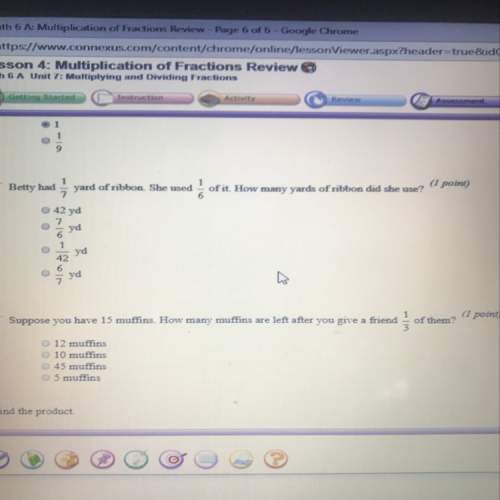
Mathematics, 06.07.2021 02:50 skrrtgod408
Part 1
You will need to measure five different people. Record your measurements on a piece of paper. Using a tape measure or ruler, measure the length (in inches) of a person’s left foot and then measure the length (in inches) of that same person’s forearm (between their wrist and elbow). Refer to the diagrams below. You will have two measurements for each person.
(An easy way to measure the length of a foot is to have your subject stand on a piece of paper. Then, trace their foot and measure the outline once they move off the paper.)
To measure the forearm, measure inside the arm, between the wrist and the elbow.
Part 2
Organize your data and find the rate of change.
Create a table of the measurements for your data. Label the forearm measurements as your input and the foot measurements as your output.
Select two sets of points and find the rate of change for your data.
Describe your results. If you had to express this relation as a verbal statement, how would you describe it?
Part 3
Compare rates of change.
The equation below can be used to find the length of a foot or forearm when you know one or the other.
(length of the foot) = 0.860 • (length of the forearm) + 3.302
If you let y = length of the foot and x = length of the forearm, this equation can be simplified to
y = 0.860x + 3.302.
Using this equation, how long would the foot of a person be if his forearm was 17 inches long?
What is the rate of change of the equation from Part A?
Compare the equation from Part A to your data. Are they the same? Which has a greater rate of change? Why do you think the values are different?
Is the relation in your data a function? Why or why not? Could the equation in Part A represent a function? Why or why not? Explain your answer.
For this option you will submit the details from all three parts. Submit your measurements, the table, and description that you created in Parts 1 and 2. Submit your answers to the questions from Part 3.

Answers: 3
Another question on Mathematics

Mathematics, 21.06.2019 13:00
If kn = 9 cm, mn = 21 cm, rs = 42 cm, and ps = 18 cm, what is the scale factor of figure klmn to figure pqrs?
Answers: 3

Mathematics, 21.06.2019 19:30
Suppose i pick a jelly bean at random from a box containing one red and eleven blue ones. i record the color and put the jelly bean back in the box. if i do this three times, what is the probability of getting a blue jelly bean each time? (round your answer to three decimal places.)
Answers: 1

Mathematics, 21.06.2019 21:30
Ahypothesis is: a the average squared deviations about the mean of a distribution of values b) an empirically testable statement that is an unproven supposition developed in order to explain phenomena a statement that asserts the status quo; that is, any change from what has been c) thought to be true is due to random sampling order da statement that is the opposite of the null hypothesis e) the error made by rejecting the null hypothesis when it is true
Answers: 2

Mathematics, 21.06.2019 23:30
Will give brainliest for correct answer 8. use the distance time graph to answer these questions: a. what does the graph tell us about the velocity of the car? b. what is the average velocity of the car? (show work) c. is the velocity reflected in the graph positive or negative?d. is there any point on the graph where the car is not moving? how do we know?
Answers: 1
You know the right answer?
Part 1
You will need to measure five different people. Record your measurements on a piece of paper...
Questions

Mathematics, 10.01.2020 20:31









Mathematics, 10.01.2020 20:31




Biology, 10.01.2020 21:31

Mathematics, 10.01.2020 21:31

History, 10.01.2020 21:31


Biology, 10.01.2020 21:31

History, 10.01.2020 21:31




